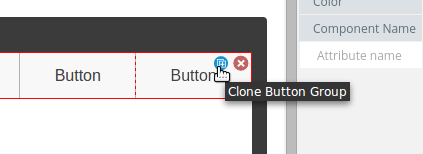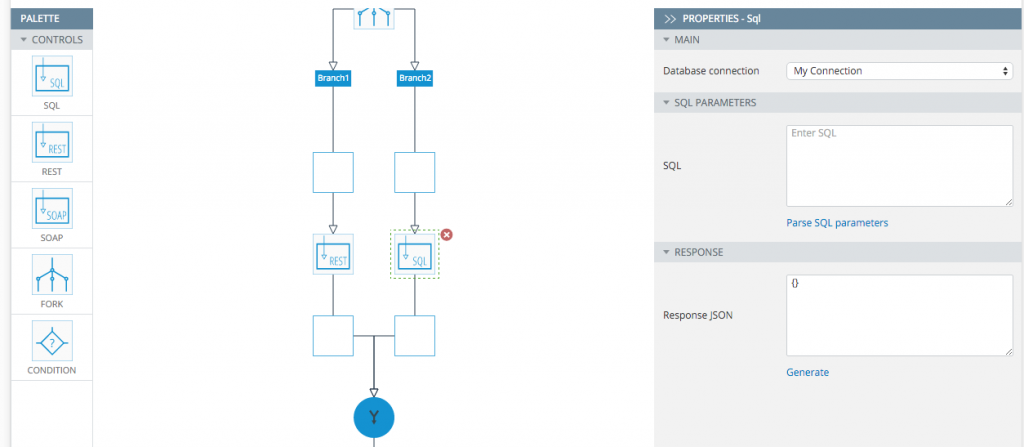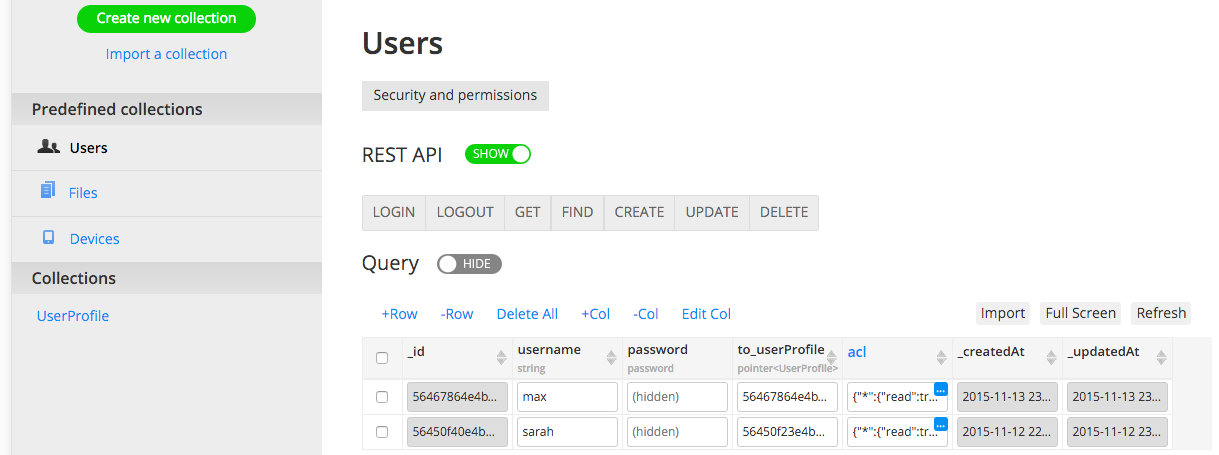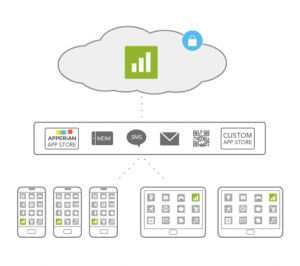New in Appery.io: New Ionic Components and Templates, New API Express Components, and Server Code Plug-ins and Snippets
The Appery.io team is starting 2016 with new and exciting updates and improvements to the platform!
App Builder enhancements
The latest Appery.io update brings some cool features to the visual App Builder.
New Ionic components
Two new UI components for Ionic were just released: Card and Text.
The Card can be used to visually separate information on a page. It allows for more control and flexibility, and can even be animated. This new component is based on Google’s Card UI design.
The Text component can be used to conveniently place any custom text or AngularJS expression (wrapped with {{...}}) on the page.
The Ionic Button has obtained new property – Icon Only. It makes a button look like an icon. This property converts a button to an icon by changing Icon Style and Style properties, and ignoring the Text property.
It’s now possible to copy and clone components in the App Builder. To create a full copy of a UI component with all nested children, (including other components), click the clone icon on the top right of the component:

Cloning a component
Ionic page templates
When creating a new page in Ionic, you can choose a blank page or a page with ionContent. The blank page is a simple page without any extra components. Use it when you don’t need to make any special adjustments to the scroll or scrollbar settings. The page with ionContent is a multi-tool page with a ion-content directive and many settings provided by Ionic. Use it when you need to make flexible adjustments to page scroll behavior.
You can find more detailed templates description in our docs.







